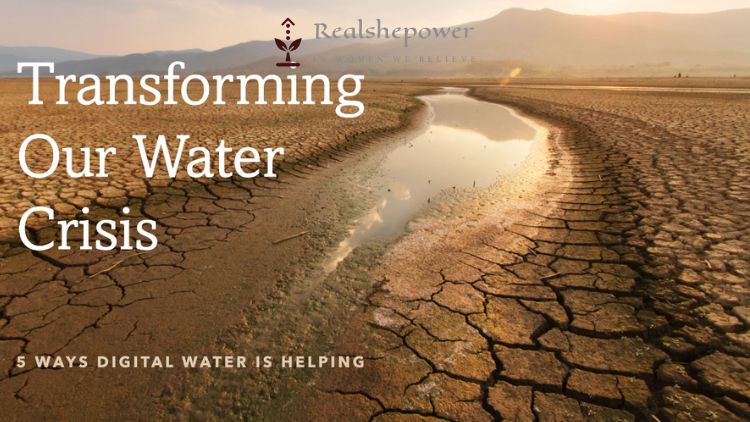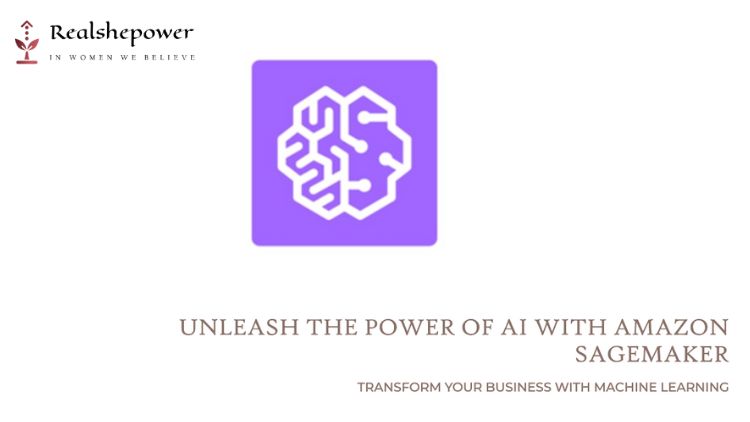How to Build a Solid Foundation in Python and Become a Skilled Developer
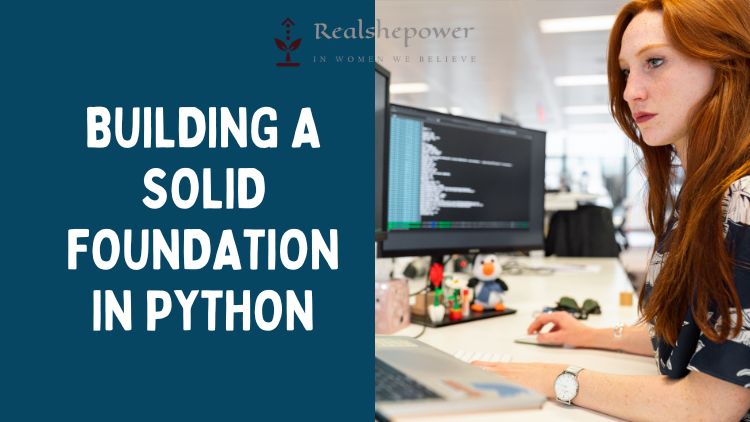

Python has become one of the most popular programming languages in the world. Its simplicity, versatility, and ease of use have made it the go-to choice for developers in various fields, from data science to web development, and even artificial intelligence. However, to become a skilled Python developer, you need to have a solid foundation in the language. In this article, we will explore what a solid foundation in Python entails, why it’s essential, and how you can build one.
What is a Solid Foundation in Python?
A solid foundation in Python refers to a deep understanding of the core concepts of the language. It means having a firm grasp of the syntax, data structures, control structures, functions, and modules that make up the Python language. It also involves understanding how to use these concepts to solve real-world problems efficiently.
Why is a Solid Foundation in Python Essential?
A solid foundation in Python is essential for several reasons. First, it helps you write better code. When you have a deep understanding of the language, you can write code that is more readable, maintainable, and efficient. This makes it easier for other developers to understand and work with your code.
Second, a solid foundation in Python makes it easier for you to learn other programming languages. Python shares many concepts with other languages, such as Java and C++, so if you understand Python well, you will find it easier to learn these other languages.
Third, a solid foundation in Python gives you the skills you need to solve real-world problems. Python is a versatile language that can be used in various fields, from data science to web development, and even artificial intelligence. If you have a solid foundation in Python, you will be able to use it to solve problems in any of these fields.

How to Build a Solid Foundation in Python
Now that we have established why a solid foundation in Python is essential let’s look at how you can build one. Here are some steps you can take to build a solid foundation in Python:
- Start with the Basics: The first step to building a solid foundation in Python is to start with the basics. Learn the syntax of the language, the data structures, and control structures. You can do this by taking an introductory course in Python or by using online resources such as Python documentation.
- Practice, Practice, Practice: The second step to building a solid foundation in Python is to practice what you have learned. Write code regularly and experiment with different concepts. This will help you become more familiar with the language and its various features.
- Read Code: The third step to building a solid foundation in Python is to read other people’s code. Look at how experienced developers use Python to solve real-world problems. This will give you an idea of how to write better code and help you understand the language’s best practices.
- Contribute to Open-Source Projects: The fourth step to building a solid foundation in Python is to contribute to open-source projects. This will give you the opportunity to work on real-world projects, collaborate with other developers, and learn from their experience.
- Attend Python Conferences and Meetups: The fifth and final step to building a solid foundation in Python is to attend Python conferences and meetups. This will give you the opportunity to network with other developers, learn about the latest trends and best practices in Python, and get inspired by new ideas.

Wow Elements in Building a Solid Foundation in Python
Building a solid foundation in Python can be a challenging but rewarding journey. Here are some wow elements that can make the journey more fun and engaging:
- Gamification: Gamification is the process of adding game-like elements to a learning experience to make it more engaging and fun. You can use gamification to make learning Python more enjoyable by creating challenges, quizzes, and puzzles that test your knowledge of Python concepts and reward you for your progress.
- Interactive Learning: Interactive learning is a learning approach that involves active participation, feedback, and collaboration. You can use interactive learning tools like online tutorials, interactive coding challenges, and pair programming to make learning Python more engaging and collaborative.
- Personal Projects: Personal projects are a great way to apply what you have learned in Python to real-world problems that interest you. You can use personal projects to experiment with new concepts, collaborate with other developers, and showcase your skills to potential employers.
- Code Reviews: Code reviews are a process where other developers review your code and provide feedback on how to improve it. Code reviews can help you identify areas of improvement, learn from experienced developers, and improve the quality of your code.
- Mentorship: Mentorship is a process where an experienced developer guides and supports a less experienced developer in their learning journey. Mentorship can help you gain insights, learn from other developers’ experiences, and get personalized feedback on your progress.
Conclusion
In conclusion, building a solid foundation in Python is essential for anyone who wants to become a skilled Python developer. It involves understanding the core concepts of the language, practicing what you have learned, reading other people’s code, contributing to open-source projects, and attending Python conferences and meetups. By using wow elements like gamification, interactive learning, personal projects, code reviews, and mentorship, you can make the journey more engaging, fun, and rewarding. With a solid foundation in Python, you can write better code, solve real-world problems, and pursue your goals as a Python developer.
A Comparative Analysis of Python, Java, JavaScript, and C++
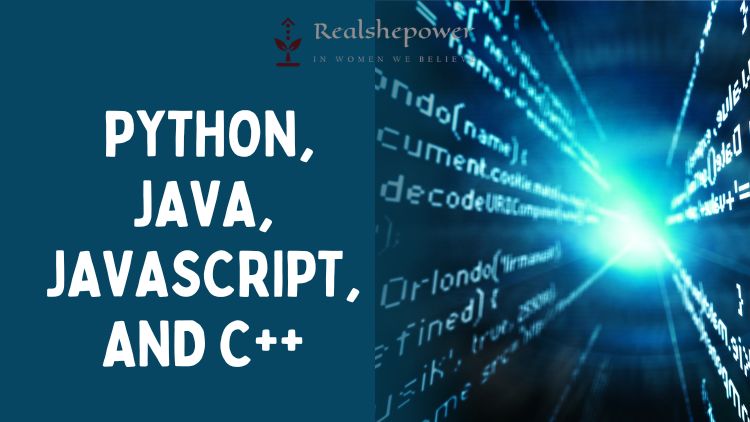
When it comes to programming languages, there is a wide range to choose from. Each language has its strengths and weaknesses and is suitable for different purposes. In this article, we will compare and
The Rise of Open-Source Big Data Platforms: A Comparison of Apache Hadoop, Spark, and Flink
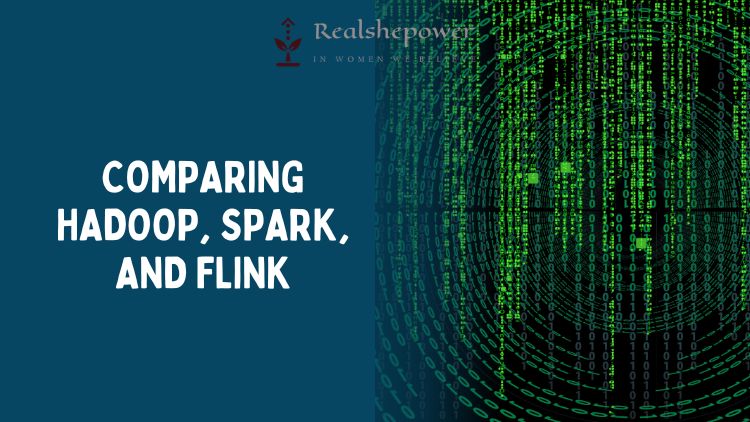
Big data has become a critical component of modern business operations, and companies are increasingly relying on big data analytics to drive decision-making processes. However, handling and
10 Best Online Resources to Learn SQL for Beginners
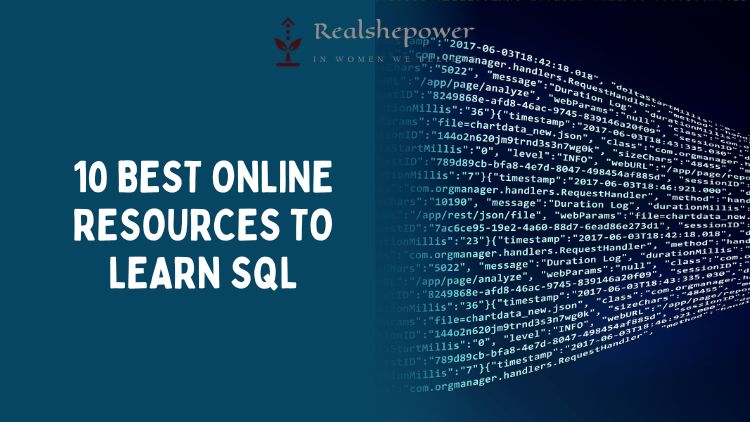
SQL (Structured Query Language) is a valuable skill for anyone interested in data analysis, data science, or database management. Learning SQL can be challenging, but fortunately, there are numerous online
You can now write for RSP Magazine and be a part of the community. Share your stories and opinions with us here.




